Play
Home | Work | Play | Photos | Contact | About
Introduction
< Back to index | Back to RC Cars and Trucks
12 July, 2020
I'm going to explain what scale RC is, how it fits in with radio controlled cars, talk a bit about the what and how of it, and some of the people that got and keep me in this hobby.
What Scale RC (Radio Controlled) Trucks Are
Scale radio controlled trucks, or scalers, tiny trucks, or dollhouse trucks refer to working, radio controlled replicas of off-road capable trucks (sometimes modified) that exist in the real world. The scale part indicates their size - typically between 1:10 scale (10 times smaller than the real thing) and 1:8. Some get as big as 1:6, and a few as small as 1:24.
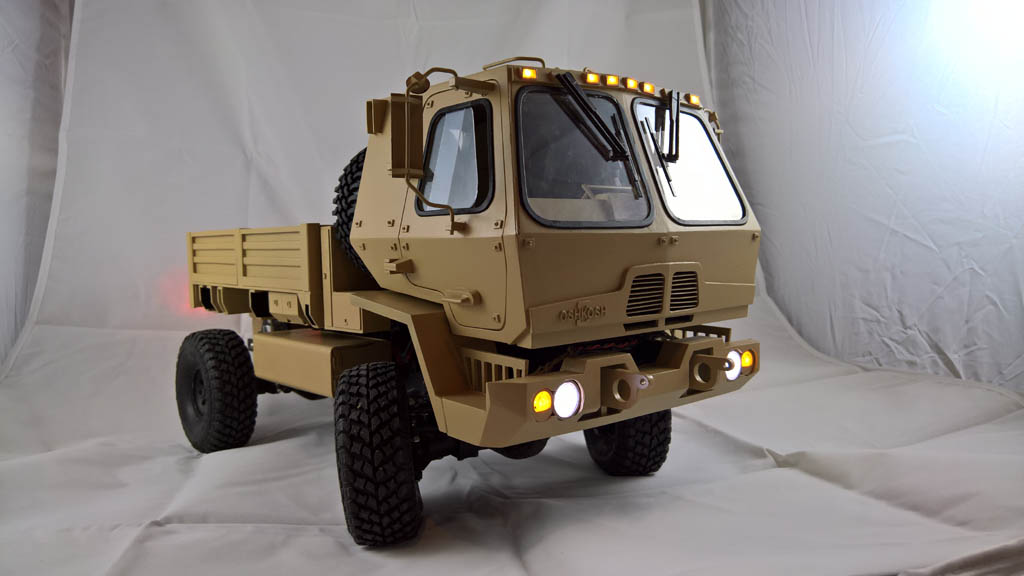 |
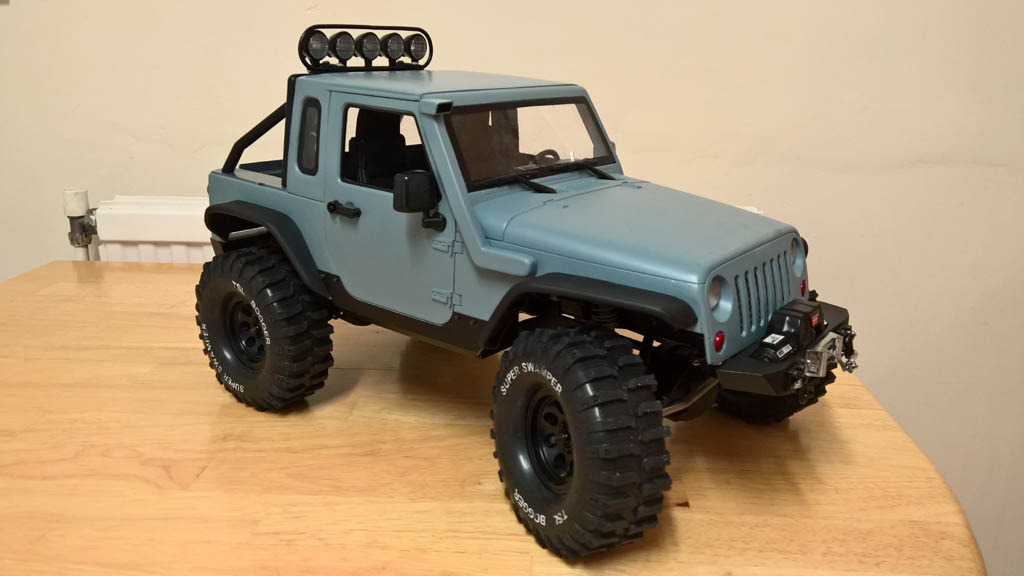 |
The term replica is used both strictly and loosely. Strictly speaking the truck must be a scaled-down version of a truck in the real world. Fantasy builds happen but are rare. In the loose sense, replica means a lot of poetic license is applied. Many create their own bumpers and/or after-market parts. People age and weather their trucks, often adding a rust effect/patina and scratches. They modify body panels, and uniquely paint their creations. Long wheelbase vehicles can become short, and short ones long. Yet others create scale buildings and bridges to add realism to events the community likes to attend. Others build scale garages which serve as photo studios for all the pictures we like to take of our trucks.
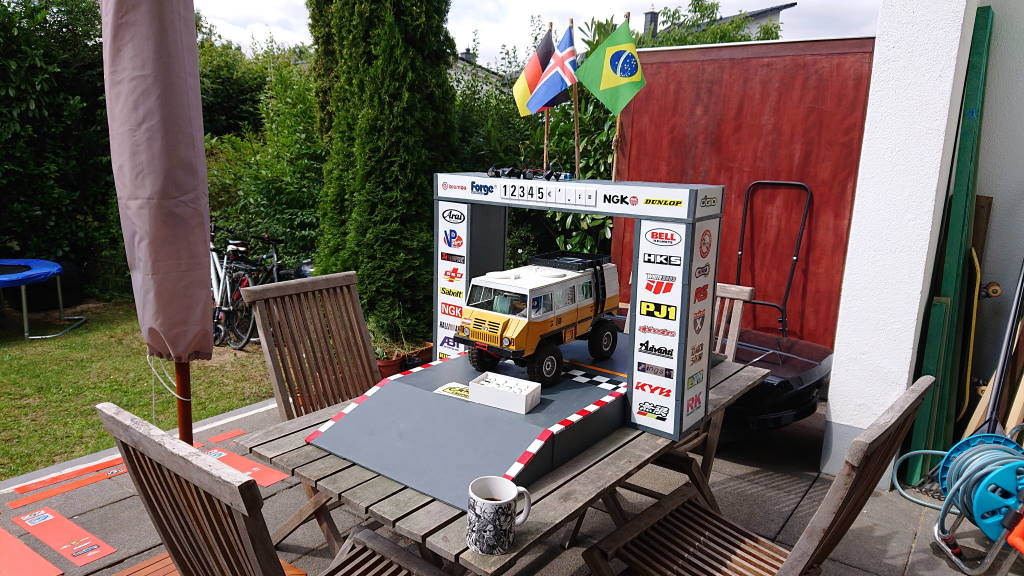 |
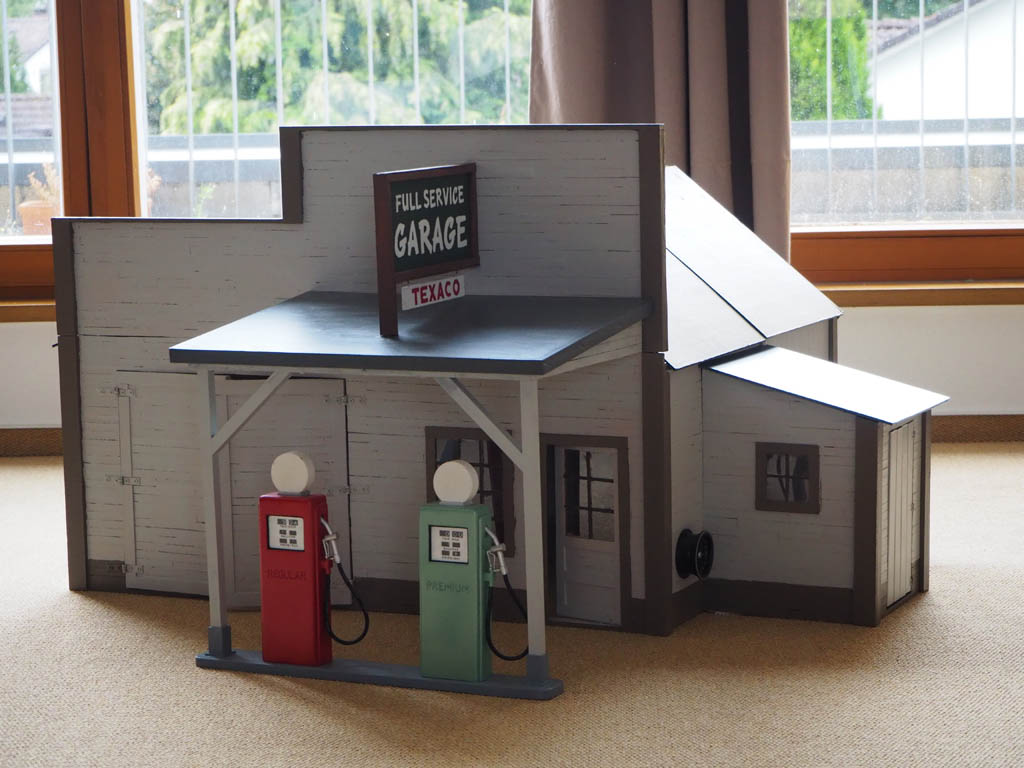 |
What Scale Radio Controlled Trucks Aren't
They're not crawlers. Crawlers (rock crawlers) or rock bouncers/racers like the Axial Bomber are designed to crawl over rocks and other extreme obstacles in the fastest possible time, without hitting gates or rolling over. Little to no regard is given to the realism of the truck. SORRCA is a thing that governs rules for the space between hard-core crawlers and scalers - you can read about their rules here.
Other Replicas
As mentioned, scalers are replicas of off-road vehicles. Other scale replicas exist. Tamiya for instance makes on-road cars and trucks, as well as 2- and 4x4 rally cars which are all worthy of being called replicas. Very accurate ones at that. And even though many of these buggies, on-road and rally cars are accurate scale replicas, they're not what we're about when we say scaler or scale RC.
Same of course holds for drift cars. These things can be awesome, but they're strictly on-road.
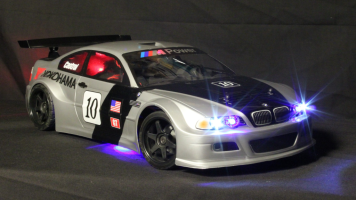 |
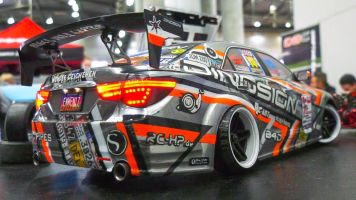 |
Building a Scale Truck
Broadly, there's two types of RC truck - toy grade, and hobby grade. We don't do toy grade, so if you spent $20 at the discount store you're not doing scale RC. A decent hobby-grade kit can set you back anything from €150 for a CC-01 to €700 for a Vanquish. At the extreme high end is Capo Racing. One of their Jeeps will only set you back a measly €2,000.
The Kit
If you're new to this your best option is to choose a complete kit from a reputable manufacturer. Here are some popular options -
- The lineup from Axial. The SCX10ii and SCX10iii are both very good.
- RC4WD's kits. Their quality can be a bit hit and miss but they're very popular all the same.
- CrossRC's list of military and civilian kits.
- Tamiya's CC-01 and CC-02 kits (Tamiya USA, or Tamiya Japan's English site) are fun and affordable entry-level kits. Tamiya also make high-lift Hiluxes and Tundras, and the CR-01 line of crawlers.
- Max Speed Technology has drift, rally, and crawler (CFS, CFX and CFX-W) kits compatible with Tamiya bodies.
- Vanquish Products make very good high-end kits. They're pricey, but you won't need to upgrade a thing.
- Element RC make some affordable kits. Interesting about them is that there's an IFS conversion available for the Enduro.
- Oh and Traxxas got into the crawler space last year. The Traxxas TRX4 Scale and Trail™ Crawler is popular. It's a point-and-shoot truck that goes over (often through) anything, and has lockable differentials.
The list isn't exhaustive. Choose a kit you assemble, rather than RTR (ready-to-run). Building the kit gives you the understanding you need to choose and install upgrades, troubleshoot, and make repairs.
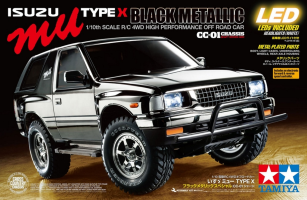 |
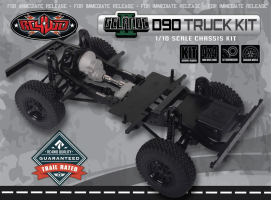 |
Upgrades
Adding in different wheels and better tyres, paint, upgrades like bearings (looking at you, Tamiya and MST), lights, winch, jerrycans and so on can easily run your bill up by another €500 or more. Beware, especially when starting out, to not fall into the trap of buying up every scale accessory and loading it onto your truck. Less is often more. Find a real truck you like and emulate that. An up-side-down cow strapped to a roof rack is not scale - it's unrealistic.
Research before you start building. If you're doing an overlander, find some overlanding resources for inspiration. Africa and Australia arguably know more about overlanding than the rest of the world combined, so look to them for inspiration - like the South African Overland Forum, for example.
If you're doing a Camel Trophy replica go to the Wikipedia page and follow their resources for ideas. If building a buggy or pre-runner is your thing, look to the Baja 1000.
Geeking out over the details is great fun.
Inspiration can come from anywhere, starting with a build you've seen, to something you saw on the street or at a car show, TV show, or -
- Pintrest
- Wikipedia's list of pickup trucks
- Wikipedia's list of WWII military vehicles
- The Land Rover G4 Challenge
- Ultra 4 Racing
A build (project) can take months to complete. Many are never finished, and ever evolving.
The Chassis
If you're starting with a kit you don't need to worry too much about the chassis - you'll learn all you need to whilst building the kit.
However if you want to step it up and start assembling your own, then a chassis kit like the BRX-01 from Boom Racing is as good a place as any to start. Another is GCM Racing, where things can be as easy or advanced as you make it. My first custom chassis was a J2 Skeleton. In the meantime I've got two more of those, 4 CMAX's (choose between leaf- or coil-sprung!), and my all-time favourite, a DeltΔ. Climbs like a billygoat.
If you really want to take things to the extreme, cut your own frame rails and make your own 😃
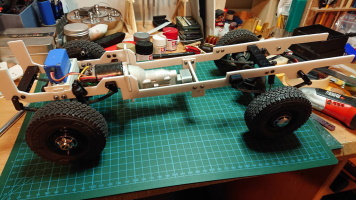 |
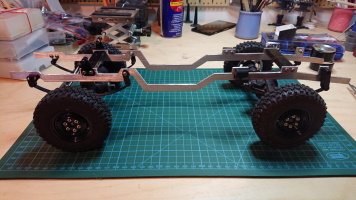 |
The Body
Many people buy a kit from one of the vendors listed above, and the first upgrade they want is a different body. There are four types of body that are worth knowing about. The first is the one that's been around the longest - the clear (transparent) lexan (or polycarbonate) body. You need PS paints from Tamiya or similar to paint lexan bodies. They're also painted on the inside - this gives them a high gloss effect (which optionally can be toned down by laying down a clear matt coat on the outside).
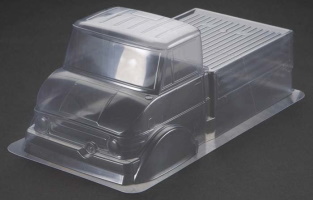 |
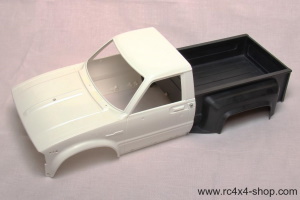 |
Lexan is however unpopular in the scale RC world (unless your name is Hemistorm - he's THE god of lexan -- see below) because better detail can be achieved by mere mortals with the second type of body, a hard body. Hard bodies are highly-detailed bodies typically cast or moulded in polystyrene. They can be modified rather easily, and are painted on the outside using automotive paint or Tamiya TS paints. You can find many types of hardbodies here at JS Scale, or here at Loops. Remember that the new body's wheelbase must match the wheelbase of your chassis, unless you're prepared to modify one or the other to make the wheelbases match.
The third approach is 3D printing, which has changed up the hobby like nothing that came before. You might create your own 3D model and print that, or download any one of many, MANY 3D models created by others, and print that. 3D print has also revolutionised the creation of interior details, gear you want to stash in the boot or on the roof... It's truly revolutionary.
If you've the patience and ability (or are willing to acquire the skill) you can do the fourth kind -- building your own body from scratch. Turning flat pieces of styrene into 3-dimensional truck bodies. Scratch-building is my favourite part of the hobby (see the builds page). Scratch-building takes time and patience. It is rewarding however, and you end up with a truly unique body. This is something nobody else in the world can own - not an Arabic oil sheik, not the queen (ok she's dead now, so maybe king...) of England, and not Elon Musk. There's no amount of money that will make me part with one of my builds - although I've given some away.
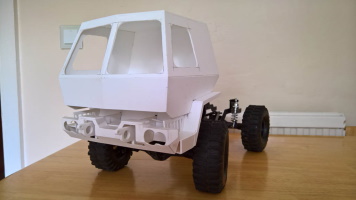 |
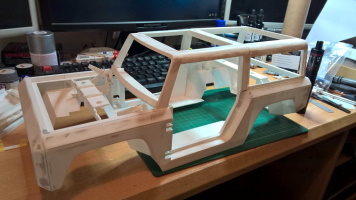 |
Electronics
You're going to need a transmitter and receiver. Popular brands are Spektrum and Flysky. Your receiver's brand must match your transmitters'. Choose something with an appropriate number of channels. You only need two to drive - steering and throttle. However you may optionally want additional channels to turn lights on or off or operate a winch. I use a Spektrum DX4s with 4 channels (I believe these are no longer available, so I guess the DX5 PRO is the next best thing), but also a DX6e because I'm building an RC aeroplane.
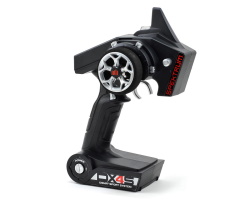 |
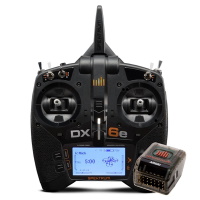 |
While I've personally never used more than 3 channels in a build, I've seen radios with up to 16 channels used for crawlers 😲
Also note that transmitters let you connect to many RC vehicles, so you won't be needing a new radio for every new truck you build - just a receiver. Other bare-minimum electronics you'll need to get your truck running are:
- Steering servo - I've been mostly using waterproof Savöx SW-0231MG servos, but have also used the higher-end Savöx SC-1251MG
- Crawler motor - anywhere from 30 to 50 turns for brushed motors -- I use Tamiya CR-Tuned 35T brushed motors. Bushless motors are also used but not always waterproof - I've never used a brushless motor but they're super popular
- An electronic speed controller (ESC) - affordable, and also very performant and popular is the waterproof Hobbywing QuicRun ESC WP-1080
- A battery - a Lithium-Polymer (LiPo) battery with 2 cells (2S) or 3 cells (3s) is common (NiMH batteries are no longer used LiPo is soooo much better); smaller LiPos have a lower run-time but are easier to find a place for in your truck. 3S is faster than 2S. I have eight 2200 mAh 3S 50C (discharge rate) 11.4 volt LiPo batteries which easily see me through a 3-day event.
- A charger - LiPO batteries should be balance-charged. Get a good charger, look after your batteries by storing them in a fireproof bag - LiPO batteries can explode!)
Popular additional options include lights and a winch.
⚠️ WARNING LiPo batteries are the only dangerous aspect of this hobby - educate yourself about their safe use!
People
Scalers are often as much about the build as they are about the builder. Some are skilled and creative in ways others want to learn from. Others move this hobby forward by drawing in new enthusiasts. Vendors have sprung up to provide products for the more exacting amongst us. Finally, events. Events are often what make scale RC so much fun, and there's that select few who go to inordinate lengths to bring like-minded builders together for little to no personal gain.
So here my who's-who of people I value and have learnt from in this hobby, in no particular order,
- 2Beers - the styrene god. When I grow up I'm going to be just like him.
- Matteo - this guy pioneered and popularised videos of RC trucks and buggies in action. Here's a link to Matteo's YouTube channel.
- Jonny Retro - One of the best scratch-builders I've encountered (like Matteo sadly not personally, yet!). Because he bases his dimenions on diecast cars and trucks, his style is more Manga than Georges Remi. I love it. You can find him on Tamiyabase.com.
- Hemistorm - Oh my god titty-fuck jesus christ on a crutch this dude can PAINT. Hemistorm is without equal. I imagine him comlpleting a build, holding it up saying "I am Hemistorm. And I have done this!"
- Martin - from RcBitz. Nothing I say can capture what I feel. Beyond that, best vendor in forever.
- Mike Villena - Another insanely good scratch-builder, Mike's thing was to build out bog-standard lexan kits from Tamiya with unreal interiors, working flip-up lights and even an engine with functioning conrod and pistons. Sadly he's not been active in the forums for a long time. Happily one of his build threads still exists on the Scale Builder's Guild.
- Headquake - if you're even vaguely interested in scale trucks then you'll have come across this guy. The opposite of Jonny Retro, Headquake's style is more Georges Remi. His videos are incredible in part because his trucks move so well. Here's a link to his YouTube channel
- PeteAttryde - met this talented and unassuming guy through https://scalerc.org.uk/. He built the roll/lightbar for my River Raider replica-type-thing. Pete knows EVERYTHING 😲
- Supernaturalfarmer - also known on the Scale Builder's Guild as Unglewd, this dude is the guv'nor. He has an eye for detail, patience, and a great sense of colour. You can find him on Scale Builder's Guild (I think he started SBG?).
- iamthatguy and pardonmynoob - these two own and run the Scale Builders Guild. They're engaging, helpful, funny, skilled and arguably the most knowledgeable pair in the scaler world.
- RCSparks - this dude (also known as DjMedic), is a dude, and has done more than anyone to bring people to the hobby. His YouTube channel. I, like many others discovered crawlers and scale RC through his videos.
- GCM Racing - these awesome Canadians have given us the Skeleton J2, CMAX, DeltΔ, and narrow axles. Their quality is ace and they're helpful and quick to respond to a query. Meeting them in Belgium and again in Florida was amazing.
- JS Scale - JS Scale are behind the Range Rover 3 and 5-door bodies, and the Discovery. THEY GAVE US THE JS SCALE EXPERIENCE! Their Camel Trophy event was the best trail I've driven in my life.
- Joy, Panda, and LoneRanger - The team behind the Ultimate Scale Truck Expo in Florida. They even had a Spintires trail when I was there in 2019! Water tower and everything! This event sees the best builds from around the world.
- slotracer32 - remember that event in a quarry in Germany? The one that had us glued to YouTube for hours watching those crazily detailed RC trucks drive around? slotracer32 is the man behind SuperScale, the first event aimed squarely and exclusively at scale RC. Sadly I never made it to SuperScale until 2019.
- BowHouse RC - these guys are an epic example of one company optimising another's products. BowHouse offer a steering rack to eliminate bump steer, and bell cranks that improve the Element Enduro's IFS. And I've met David. He's a dude, man 😎 and he snowboards 😍
The trouble with a list like this is that there are soooo many other useful mammals in this hobby 😍 -- jonwhittle191, MaddyDaddy, mhnhaven, Delux, Peat30, pacman69, ollyman, Michael from Crazy Crawler, Dirtboar, Raven67 (this guy is unbelievable), Chris from SnakepitRc, Bill and his green Hilux and many, many more...!
People are just awesome 🤯 🤙 ❤️
Challenges
The biggest challenge I've encountered is finding narrow axles and small tyres. Way too many scale trucks have an unrealistically tall suspention, a track width that makes a Jeep look like a forumla racer, and tyres so big you'd swear you were at a glory hole.
There's a steep learning curve when you start. And that's why you should ask questions. There are many that will happily share their knowledge with you. However demonstrate that you've done some homework. Go to the forums (SBG is a great one, as is Scale RC in the UK, or https://www.rockcrawler.de/ if you're German *), and see if you can't find your answer there. If not, ask in the appropriate thread in the forum. You will get your answer (everyone loves to show off with how much they know 🤓). Stay away from Facebook 🤮 other than for the eye candy. Advice from the Facebook community is usually of the Wallmart variety.
And speaking of Facebook -- this hobby is evolving. Used to be a time when the entire community lived in the forums, documented their builds there, researched techniques, troubleshot, bought and sold trucks, arranged events...
Then Facebook happened. And we all learnt about dopamine. That hit of yay you feel when your photo gets 30 likes in RC Realistic...
Unfortunately posts on Facebook are ephemeral. They appear on news feeds for a day, maybe two and then... poof, gone, never to be seen again. Facebook search is useless. And unfortunately this is by design, as making anything posted to Facebook exist only briefly makes people return for more. Facebook relentlessly driving user engagement is the biggest threat our hobby faces.
Another annoying side effect is that people become accustomed to just asking questions on Facebook without first researching their problem. And so you get the same questions, over and over and over again. Nobody bothers to search. Although Google is about as dismal as Facebook when it comes to respecting our privacy (use Duck Duck Go instead, they're awesome)!
The solution I see is one that that melds the best of both forums and Facebook. Something that has the persistence of forums, and the ease and dopamine of Facebook. Sure a realistic solution is more than a trite suggestion like merging forums with Facebook, but it starts with that. Things like meta-data driven search are nuances for whomever it is that decides to build such a thing.
* My French is merde, so I'm unable to recommend a forum there. Or in Italy, Portugal, Poland or Hong Kong, all of which also have very active scale RC communities.
All content copyright © Michael Wittenburg 1995 to 2025. All rights reserved.
Merch (t-shirts designed by my twin)
